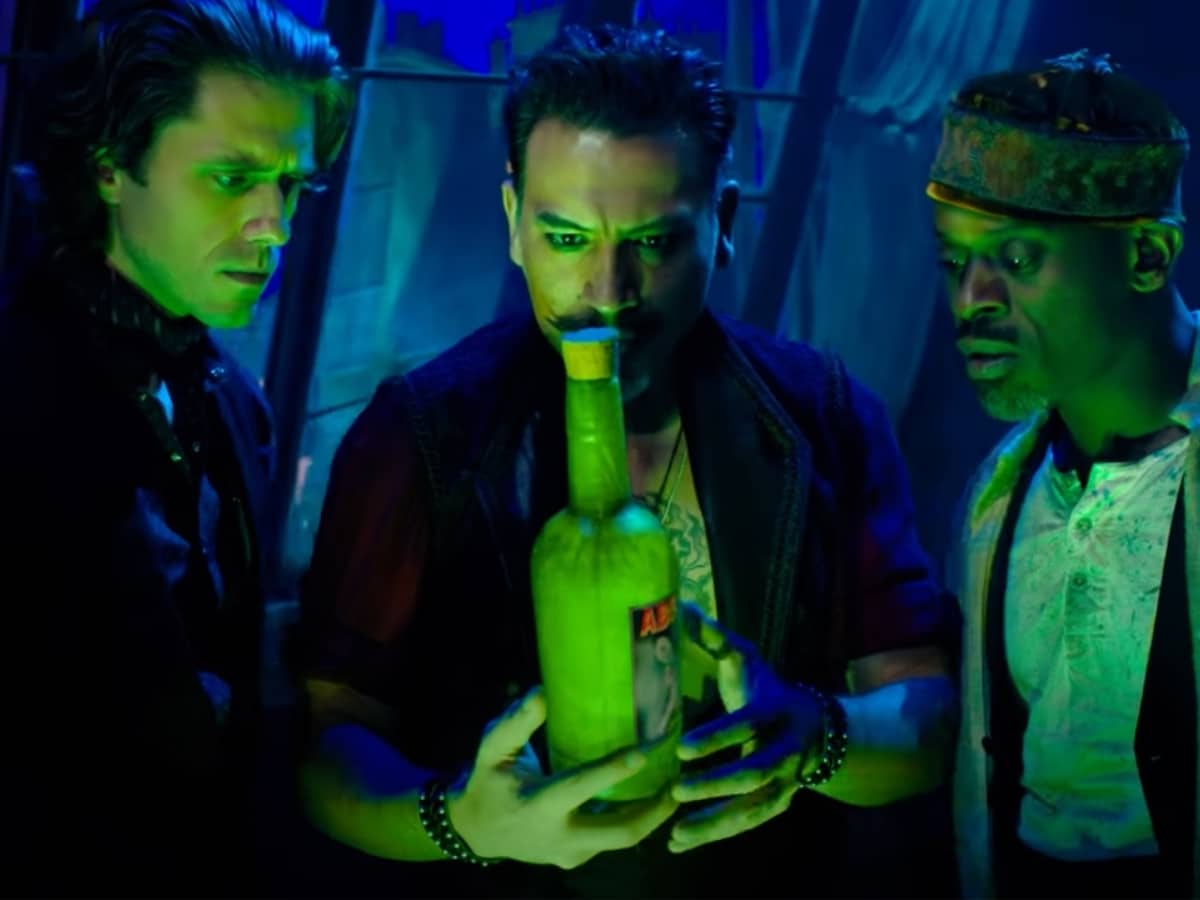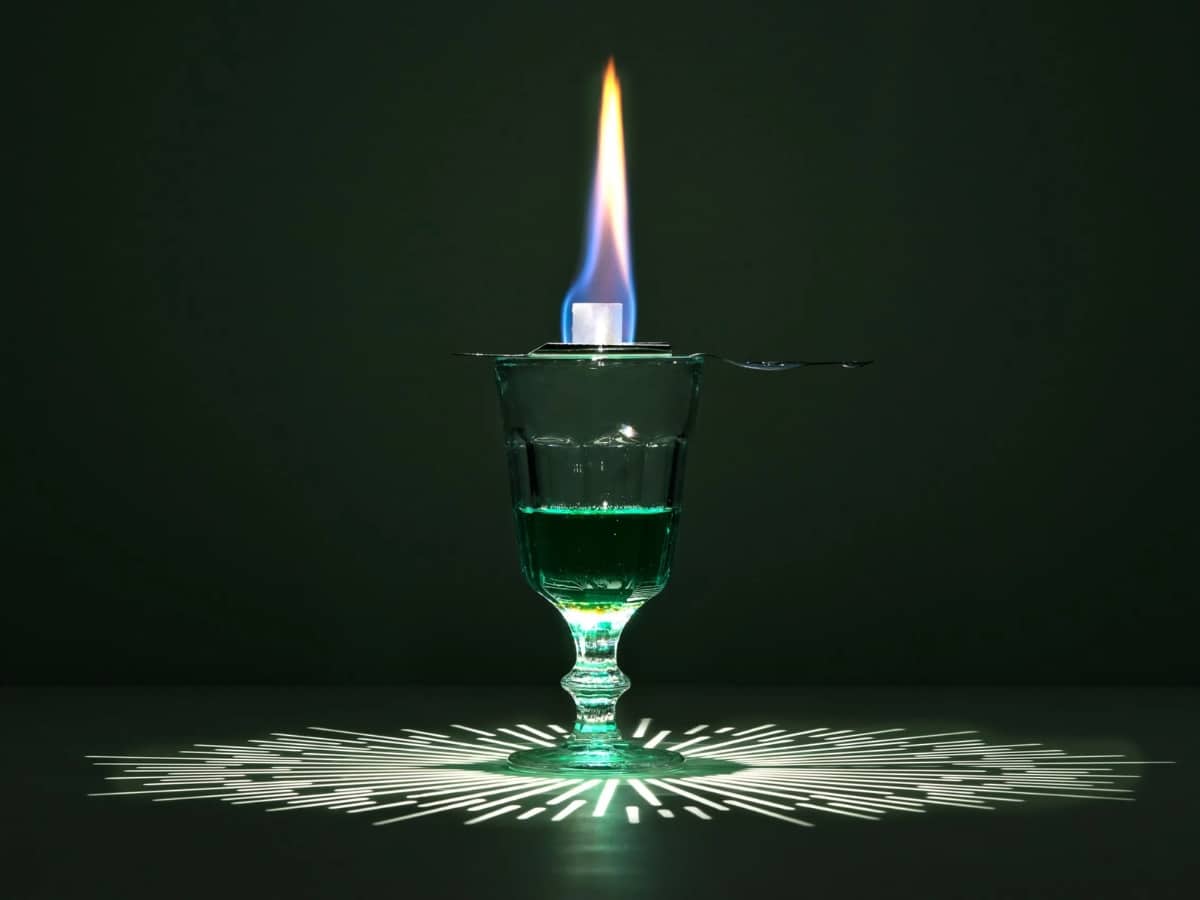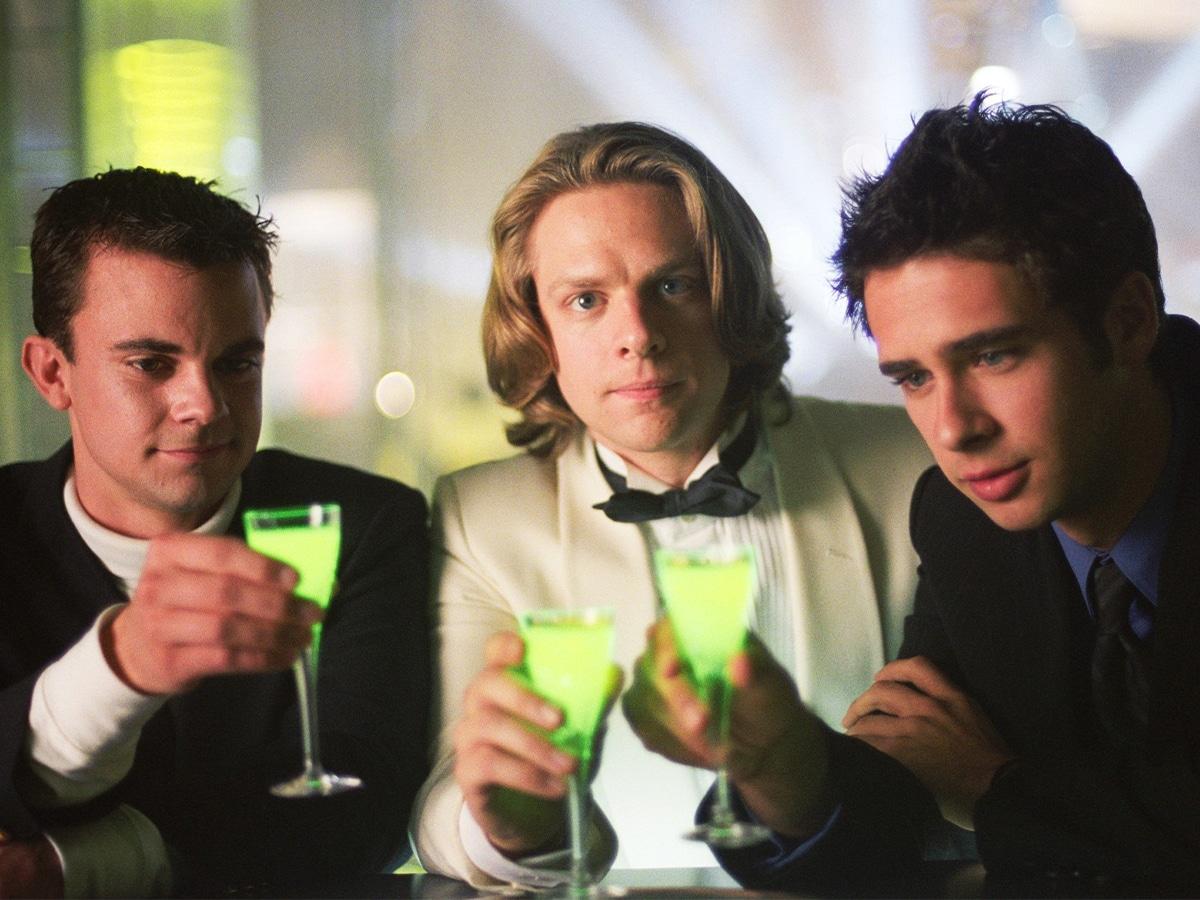
Published:
Readtime: 7 min
Every product is carefully selected by our editors and experts. If you buy from a link, we may earn a commission. Learn more. For more information on how we test products, click here.
There are few spirits shrouded in more myth, mystery, and inaccurate assumptions as absinthe. So what is it? And why is it so mysterious? Well, most of the misinformation is about the use of the herb wormwood. The ingredient (also found in some vermouths) gives the spirit its botanical, herbal bitter flavour. However, it’s also the ingredient that causes people to panic when they hear “the green fairy” moniker. Our drinks expert Christopher Osburn has highlighted everything you should know about Absinthe below.

What is Absinthe?
Much like the way gin is produced, absinthe is a high-alcohol (around 110 to 140 proof) neutral spirit that gets its flavours from being infused with various herbs and botanicals like anise, fennel, and of course wormwood. It gets its name because of the use of the leaves of Artemisia absinthium.
Also, like many gins, it’s infused more than once. A second infusion of the aforementioned herbs and botanicals (as well as a few others depending on the recipe) give it the classic green colour absinthe drinkers have grown to expect when they crack open a bottle. This second infusion, on top of adding more colour to the spirit, also heightens the aromas and flavours.
The most famous ingredient mentioned above is wormwood. And while this ingredient was the reason absinthe was banned in the past, technically it was the thujone in the wormwood that was the true culprit behind the banning. Although now we know that the myths surrounding wormwood and thujone were greatly exaggerated to remove it from general consumption by those who’d rather nobody ever enjoy a nip of alcohol.
How is Absinthe Made?
Absinthe is made in a similar way to gin, meaning there are only two main steps involved.
- Absinthe is made by first distilling a neutral alcohol similar to the way gin or vodka is made.
- It’s then distilled again with botanicals and herbs. Specifically, anise, fennel, and wormwood.
This process creates a highly concentrated, high-proof, botanical, flavourful spirit. While these are the three main ingredients, depending on the absinthe you purchase, you might also find sandalwood, lemon balm, star anise, hyssop, and other herbs and botanicals.
After all of the stigma and mystery surrounding absinthe, you’re probably starting to wonder what exactly it tastes like. Find out below.
How Does Absinthe Taste?
In the simplest terms, absinthe tastes like a spirit heavy on fennel and anise. If you didn’t guess already, this means the main flavour and aroma you’ll pick up is that of black licorice. It should be noted, that not only does it carry an over-the-top licorice and herbal flavour, but it’s also fairly high in alcohol. This means the aromas, flavours, and alcohol content are really heightened.
It’s a fairly intense spirit that definitely isn’t for every palate.

Absinthe Myths Busted
We’re firm believers that the spread of misinformation around absinthe was designed solely to find a reason to get this spirit banned. As we mentioned earlier, there are a lot of myths and half-truths surrounding absinthe and have been for over 100 years.
Can absinthe make you hallucinate? No. The first myth is of the titular “green fairy” and the purported hallucinations. This false claim was based on the misinformation surrounding the thujone in the wormwood. While thujone is a toxic substance and can cause hallucinations and other maladies when consumed in mass quantities, the amount in absinthe before and especially after distillation is far too small to have any of these effects and likely never did.
Is Absinthe best served with a burning sugar cube like in the movies? No. Another myth is about the way the spirit is served. If you didn’t know any better and went by the way absinthe is served in movies and other popular culture, you might assume it’s always served in a glass in which a burning sugar cube is slowly dripped before consumption. While you might still find this gimmick at your local cocktail bar. It’s mostly for show. This is more of a modern show trick to make lower-quality, harsh absinthe taste better. Many absinthes, due to their high-alcohol content do taste better when some water is added to open them up. This is especially true if they are served chilled. This creates the cloudy appearance you’ve likely seen.
Is Absinthe Legal?
Absinthe is and always has been completely legal in Australia, however, there are a few rules and regulations that pertain to importing the alcoholic drink en-mass. Distillers simply need a permit because of wormwood restrictions. Compared to the US and Europe, Australia is pretty lenient about the use of thujone, and Australian absinthes can have up to 35 milligrams.
You’ll struggle to find absinthe with thujone in the United States, even though the drink itself has been legal in the USA since 2007. This doesn’t mean that no US absinthes have thujone, just as long as the amount is less than 10 parts per million it counts as being free of thujone. In Europe, producers can legally make absinthe with up to 25 milligrams of thujone.
So, in a sense, absinthe is legal just about everywhere. However, depending on where you live, your absinthe will either have no wormwood included or very little.
Why does absinthe have a stigma?
For a long time, absinthe was banned in parts of the world because of a false statement that the spirit was hallucinogenic. In fact, absinthe was banned in the United States (a country fairly well-known for its liberal views of alcohol after Prohibition) from 1912 until 2007 when the Alcohol and Tobacco Tax and Trade Bureau finally made its sale available once again without the use of wormwood. This herb contains thujone, which can be toxic if consumed in mass quantities (according to the National Library of Medicine). But there isn’t and never was enough of this toxin in absinthe to be toxic to anyone.
Maybe the most interesting fact for us Aussies is that absinthe has never been illegal to produce or import to Australia, although in 1956 restrictions were enacted on importing or producing any products that contained wormwood. Fast forward to 2021 and absinthe was finally officially legal to import and produce in Australia with some rules and regulations.
RELATED: You’re probably wondering what the strongest beers in the world are, right?
Absinthe FAQs
Yes, absinthe is a form of liquor. It falls under the category of an overproof liquor with herbs and botanicals added to it. Those being fennel, anise, others, and in some wormwood.
In the simplest terms, absinthe taste like black licorice made into a high-proof spirit. If this sounds like something you’d enjoy, grab a bottle of absinthe. Otherwise, you might just want to find someone who has a bottle and try it to see if you’d like it.
You’ll also like:
Best Japanese Whisky Brands
Best Wheat Beers to Try Right Now
Best Pilsner Beers to Drink Right Now























Comments
We love hearing from you. or to leave a comment.